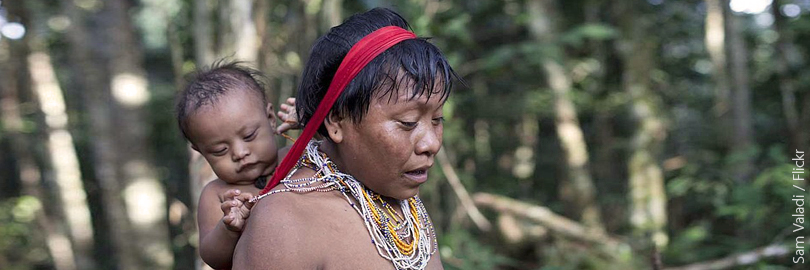In the 1970s and 1980s, the opening of roads and the gold rush brought diseases such as malaria and measles to the Amazon, killing 13 percent of the Yanomami population. Now, the thousands of miners in the Yanomami Indian Territory (TIY) are vectors for transmission of the novel coronavirus, putting an already very vulnerable population at risk of mass contamination.
Mining activity has intensified with the rising price of gold on the international market. This, added to other factors—including the dismantling of environmental policy, which is now anti-fiscal and systematically promoted by the current federal government, and the President's repeated position in favor of mining— has led to the invasion of indigenous lands.
The 20,000 miners installed inthe TIY are today the main vector of transmission of the pandemic. According to one study, nearly 40 percent of the Yanomami living near the illegal mining areas in that indigenous territory could be infected with COVID-19.
It is the country's most vulnerable indigenous territory. Nearly half of its population lives in communities located less than five kilometres from an illegal mining area. The Socio-Environmental Institute (ISA) calculated different scenarios for the transmission of the pandemic in those areas. In the worst case scenario, out of a total of 13,889 indigenous people, 5,603 Yanomami (equivalent to 40 percent) could be infected with the virus. If the lethality is double that of the non-indigenous population, between 207 and 896 Yanomami (6.4 percent) may die as a result of COVID-19. On April 19, the first death occurred in the Yanomami Indigenous Territory.
We must mobilize the international community and pressure the Brazilian government to remove the illegal invaders from the territory. The Yanomami must be able to enter social isolation in order to guarantee their survival.
Show your solidarity with the Yanomami's cry for help against a historic evil, now even more deadly.

